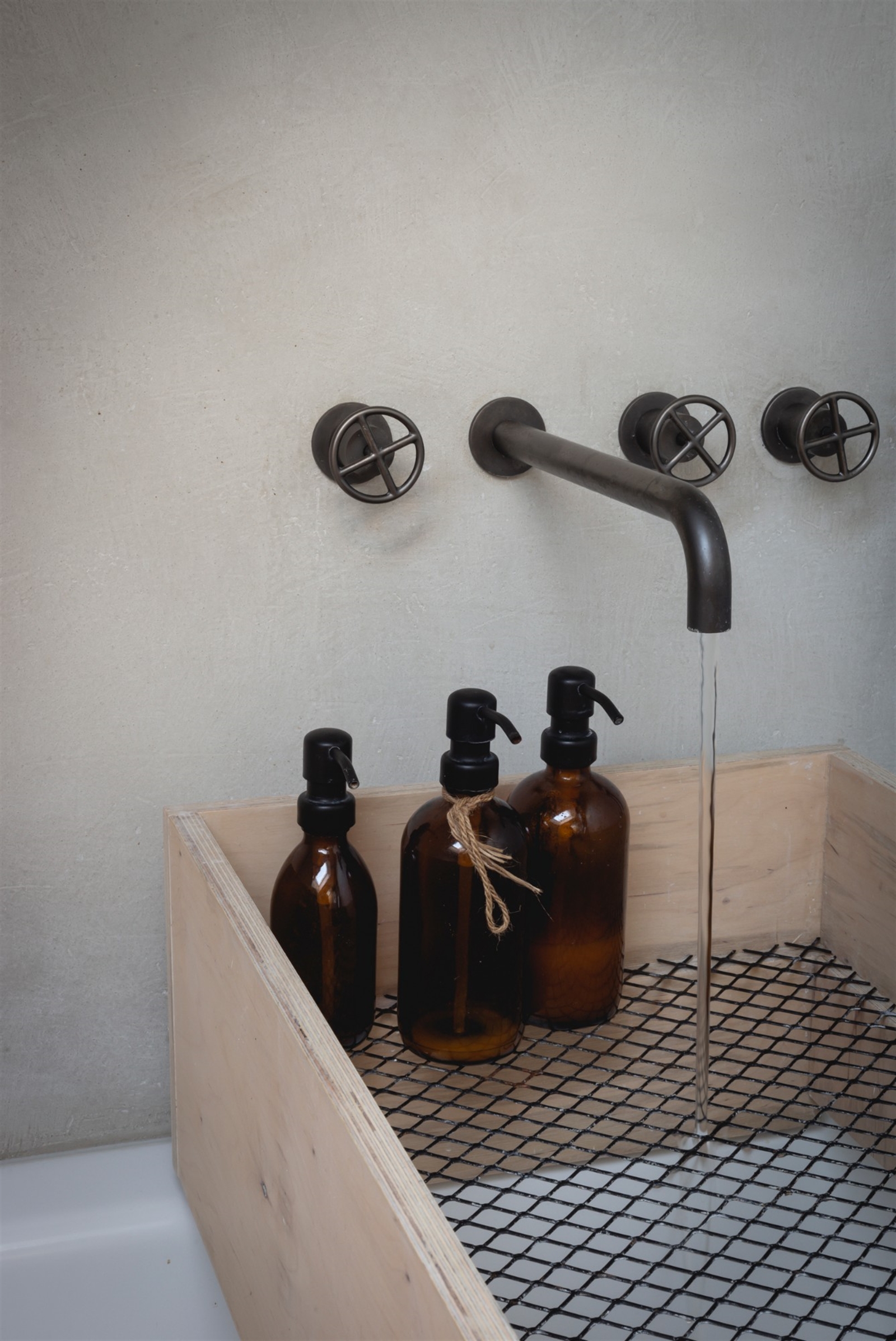Alessia Mosci, our Creative Director reflects on the significance of upcycling in the context of architectural refurbishments and climate change.
"Lately I have been trying to track down the origin of the word ‘upcycling’, an expression that for the past twenty years has been primarily associated with the restyling of old furniture or with the reconfiguration of timber pallets into flowerpots and makeshift seating areas. Upcycling is much more than that, at its heart it is about reducing waste and keeping materials and products relevant. Its practice, together with re-use is becoming increasingly meaningful in the context of a new circular economy, defined by The Ellen MacArthur Foundation[i] as an aconomy ’…based on the principles of designing out waste and pollution, keeping products and materials in use, and regenerating natural systems’.
Upcycling is one of many contributors to a more balanced society and it stems from a conscious decision, to embrace a more sustainable lifestyle. The first step is to accept there is a problem and help find ways to contribute to the solution[ii]. As Sally Weintrobe explains in her book ‘Engaging with climate change’, acknowledging the problem is not easy and it does not happen overnight. It means looking at what and how we consume, it means deciding to change our habits and always being alerted to opportunities to reduce waste. Re-using and upcycling can be conscious decisions applied to almost every aspect of everyday life, from transport, to technology to groceries and cleaning products. It means making small sacrifices for a greater good that is not necessarily tangible.
Aside from flowerpots and old chairs, designers are challenged to find new ways to employ materials that would otherwise be sent to landfill by keeping their purpose wherever it can be kept and attributing a new value to them where they outlive their original purpose".

In architecture, reusing existing buildings is a great opportunity and a responsibility. Most of our work involves existing buildings and at the start of a new project we are called to assess which features to keep, which to reinstate and which to design from scratch. In one of our most recent projects, we tested the idea of ‘urban mining’ where rather than sending existing materials to landfill, we carefully removed them and stored them on site for re-use and where we fell short, we searched for reclaimed products and materials from the industry rather than electing to buy new.
Upcycling and re-use require willpower, commitment and creativity and for client it requires vision and patience as the process is burdened with uncertainty with many untested factors that potentially have a significant impact on costs, time and design. At times when people expect everything ‘here and now’, the residential market has followed suit and stopped thinking about its impact. However there is great pride and satisfaction in successfully re-using and upcycling, it stems creativity and a the resulting space or product is truly unique and entirely reborn from its elements. To bring this into the mainstream, the uncertainty of an unregulated process must be removed through policy and financial incentives. If some of these principles were embraced and rewarded by Government, the market could offer ‘finished products’ that are also sustainable at heart, that have already been upcycled and given new life.
As it turns out, the word ‘upcycle’ was first used in 1994, when german entrepreneur Reiner Pilz said during an interview that products needed to be upcycled rather than recycled so that ‘old products are given more value, not less’. This is the shift in mentality that is required, an appreciation of the added value that a designed and upcycled material or product has.
[ii] ‘Engaging with climate change. Psychoanalytic and Interdisciplinary perspectives’ Edited by Sally Weintrobe, Routledge, 2013.